The North American F-100 Super Sabre is an American supersonic jet fighter aircraft that served with the United States Air Force (USAF) from 1954 to 1971 and with the Air National Guard (ANG) until 1979. The first of the Century Series of USAF jet fighters, it was the first USAF fighter capable of supersonic speed in level flight. The F-100 was designed by North American Aviation as a higher-performance follow-on to the F-86 Sabre air-superiority fighter.
Adapted as a fighter-bomber, the F-100 was superseded by the high-speed Republic F-105 Thunderchief for strike missions over North Vietnam. The F-100 flew extensively over South Vietnam as the air force's primary close air-support jet until being replaced by the more efficient subsonic LTV A-7 Corsair II. The F-100 also served in other NATO air forces and with other U.S. allies. In its later life, it was often referred to as the "Hun", a shortened version of "one hundred".
Controls
AG1: Drop Tanks
AG2: Bombs
AG3: Missiles
VTOL: Flaps
Trims: Horizontal Stabilizers


Specifications
Spotlights
- Bryan5 1.7 years ago
General Characteristics
- Created On Windows
- Wingspan 38.0ft (11.6m)
- Length 59.1ft (18.0m)
- Height 19.1ft (5.8m)
- Empty Weight N/A
- Loaded Weight 30,897lbs (14,014kg)
Performance
- Power/Weight Ratio 2.727
- Wing Loading 72.5lbs/ft2 (354.0kg/m2)
- Wing Area 426.2ft2 (39.6m2)
- Drag Points 3973
Parts
- Number of Parts 120
- Control Surfaces 5
- Performance Cost 626

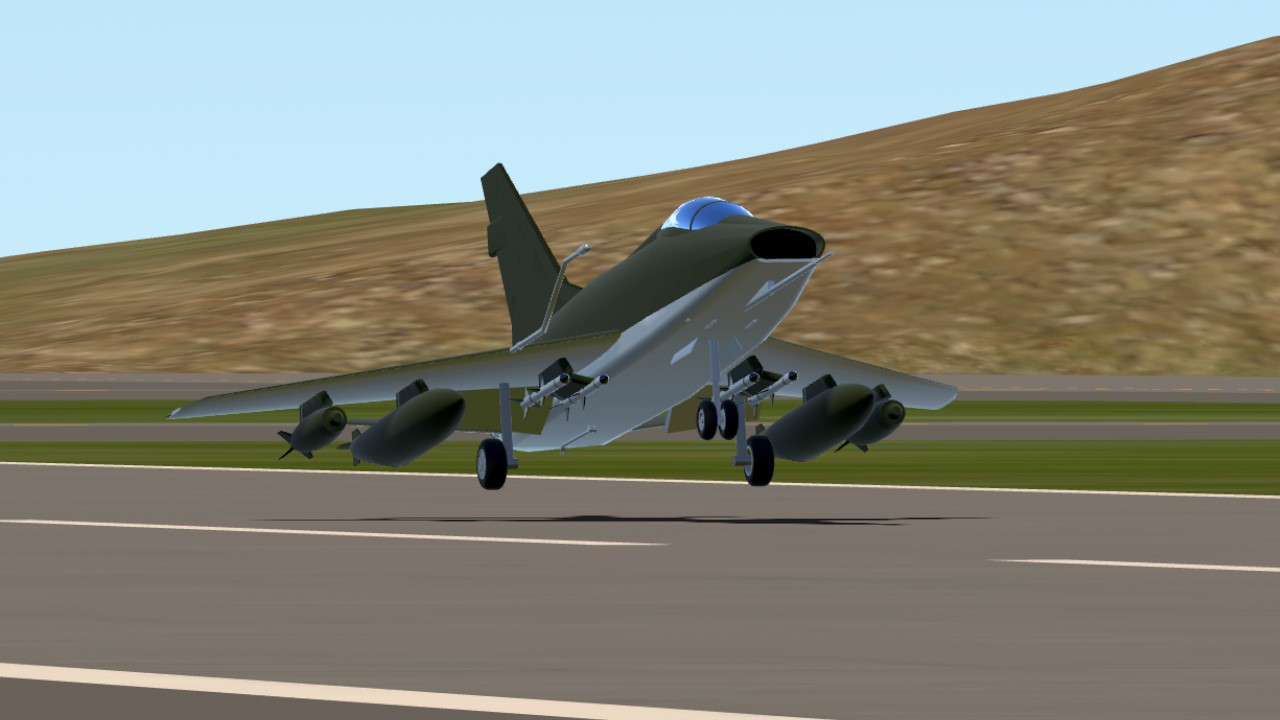
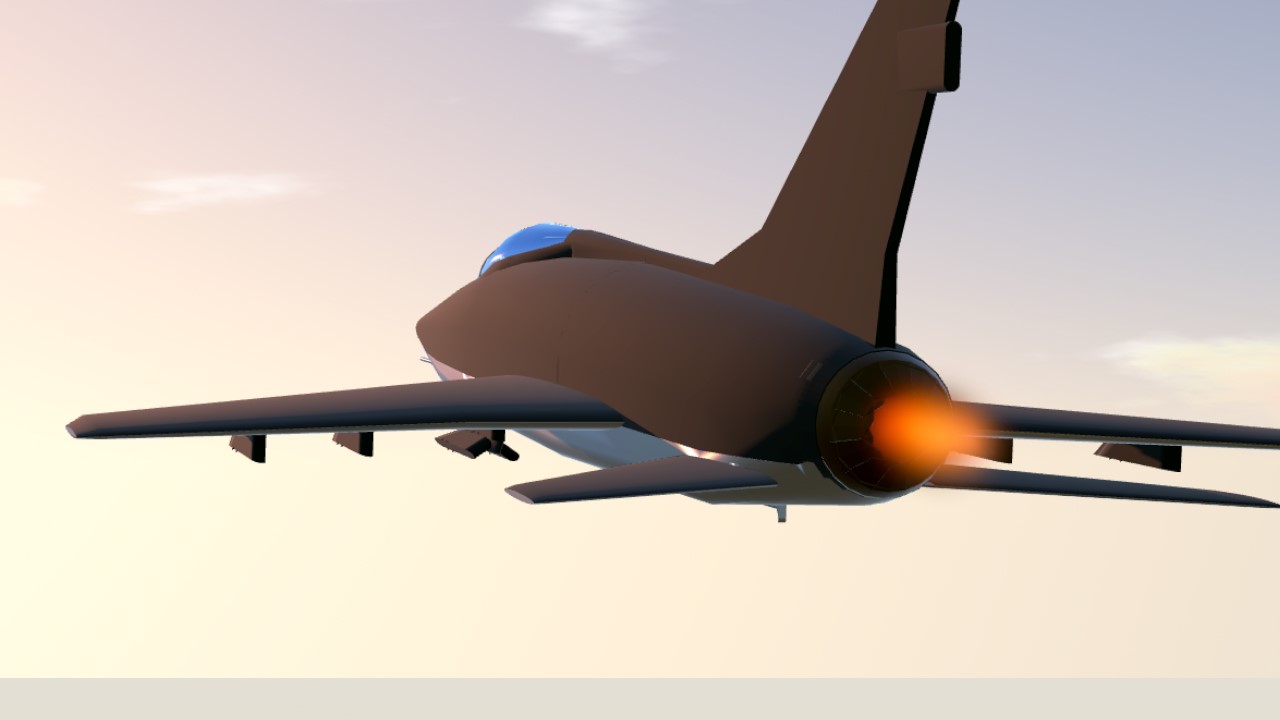
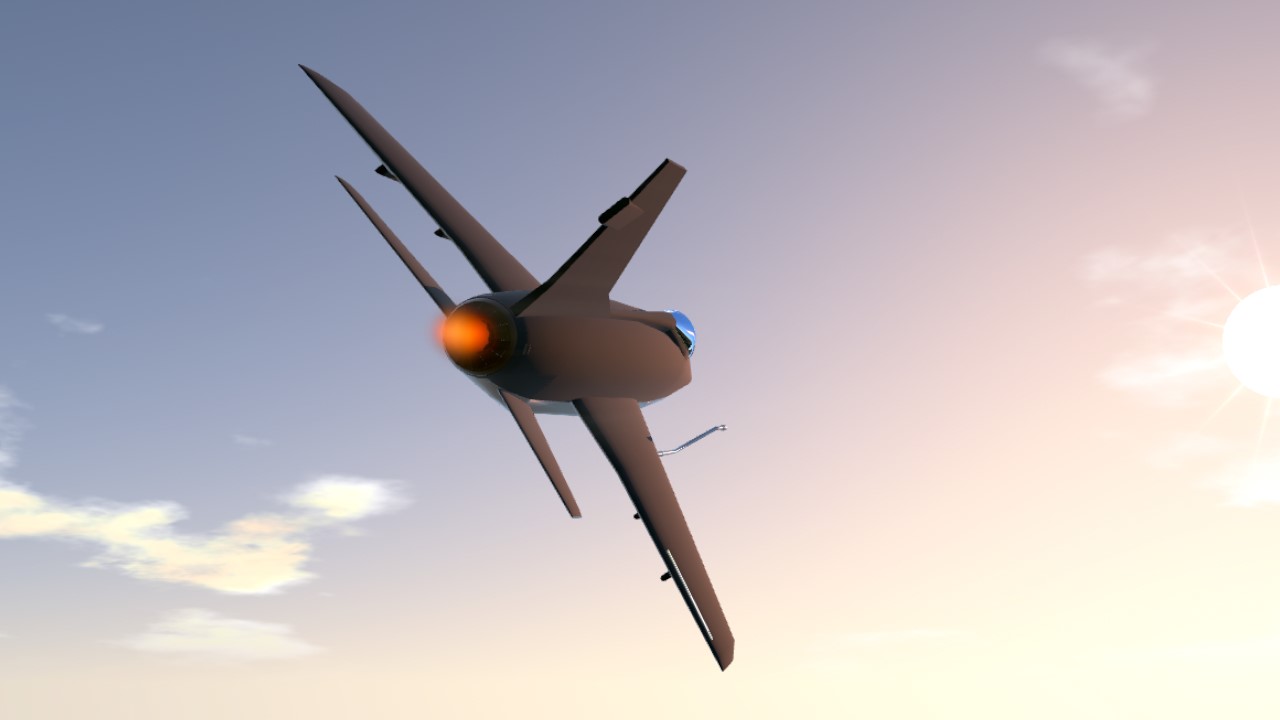

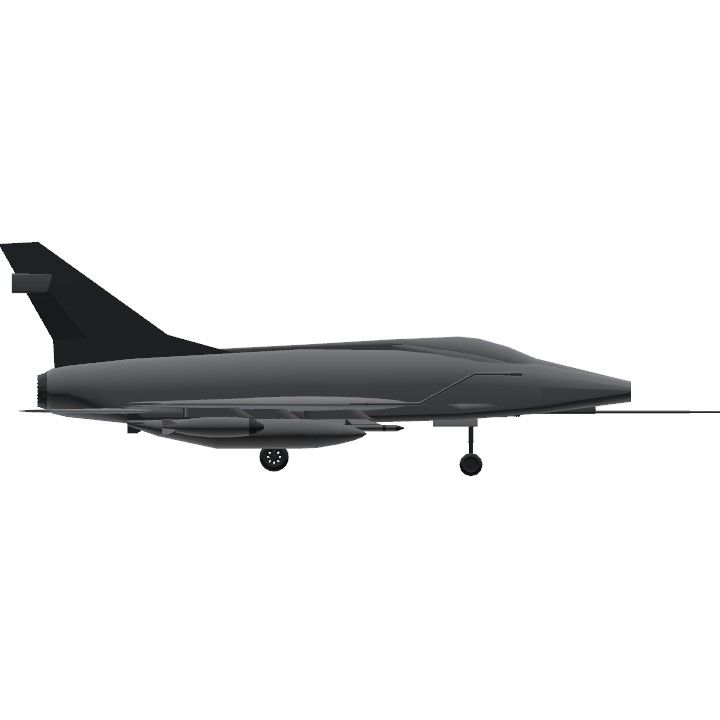
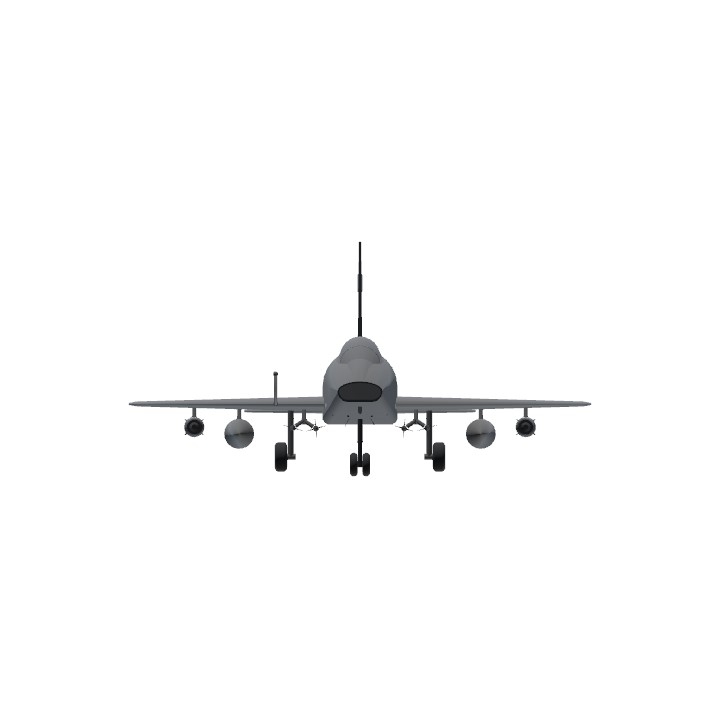
Thud the catfish